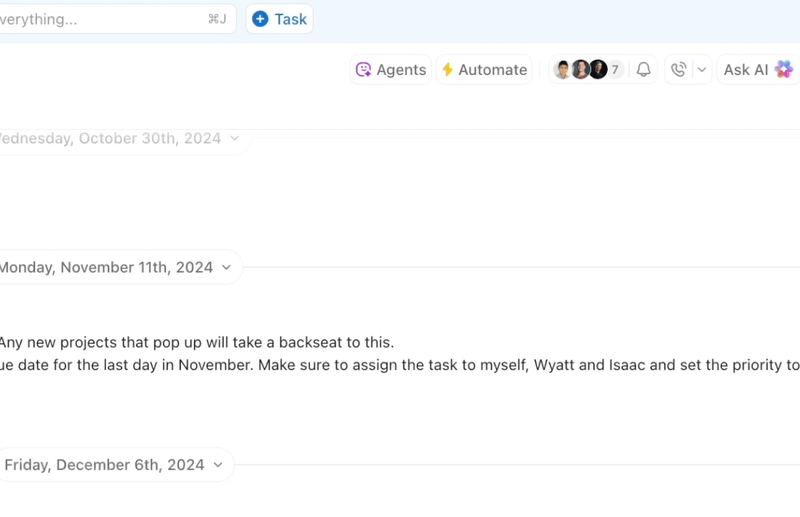The dead internet theory is a conspiracy theory that goes: Most of the content we consume online is created by bots, through a coordinated effort to control everyone and reduce human interaction. You’ve likely heard about this theory, because, in many ways, it’s come true.
To be clear, I don’t believe AI-generated content is actually coordinated by a sinister Mission Impossible-style algorithm to trick my uncle into worshiping
However, there’s no denying that AI and bot content has gained more ground than ever. In 2016, figures from
If you spend more than a few hours online weekly, none of this is news to you. So here’s something else you might not know:
The dead internet will likely continue to grow because it’s so lucrative.
Bot followers + engagement = Profit
In June, 2022 X (formerly known as Twitter) announced that creators could get paid based on ads served in their replies. This was later changed in October 2024, so creators got paid based on replies to their content alone.
Bots have always lived on X, doing everything from
Creators were more incentivized than ever to post click and rage-baiting content, and of course, use bots to pump their engagement numbers. It’s almost free money.
Ad fraud is booming!
It’s not only getting more rampant, but also becoming increasingly sophisticated. Take, for example,
Low effort, high gain is the formula
The odds are that when you think of AI content, you think of blatant examples like
The internet is packed with these types of content, as they seem to be low effort and relatively easy to generate.
The key is in the numbers. People can generate dozens of these every day, spread them online, and reap the engagement and benefits.
Another example of this is AI YouTube channels that create the same video over and over again. One channel called “Auto Verse” averages about 50 views per video at the time of writing. But they make 3 videos per day, and the creator could have dozens or hundreds of these channels. At a large enough scale, the profits start to add up.
Bots creating content for bots
Bots creating content for the internet is just one part of the theory; another is that bots also consume the content. And boy, is that truer than ever, thanks to comment bots.
Besides the short-term profit gain, there’s a longer-term strategy at play. Many of these pages rack up engagements and gain droves of real internet followers, who can then engage with their fake content down the road. In a sinister way, the bots are driving many online conversations, and we just seem to be along for the ride.
What do we do with a dead internet?
A dead internet can be lucrative for certain parties and is not likely to go anywhere. So, what do we do?
We’ve seen some measures taken by platforms, businesses, and individuals to wall off the influence of fake content. For example, users can flag misinformation and bot content using X’s community notes. Maybe you can’t make Lamborghinis out of bananas after all.
Also, some businesses help other businesses protect their ads from click fraud.
Another ray of sunshine is that Internet users are very passionate about finding and sharing new ways to identify and avoid bot content, like
AI will only get better, and a pessimistic outlook is that it will eventually be able to trick everyone.
But for now, I’ll remember the same advice I give my uncle about Facebook: Don’t believe everything you see online.









